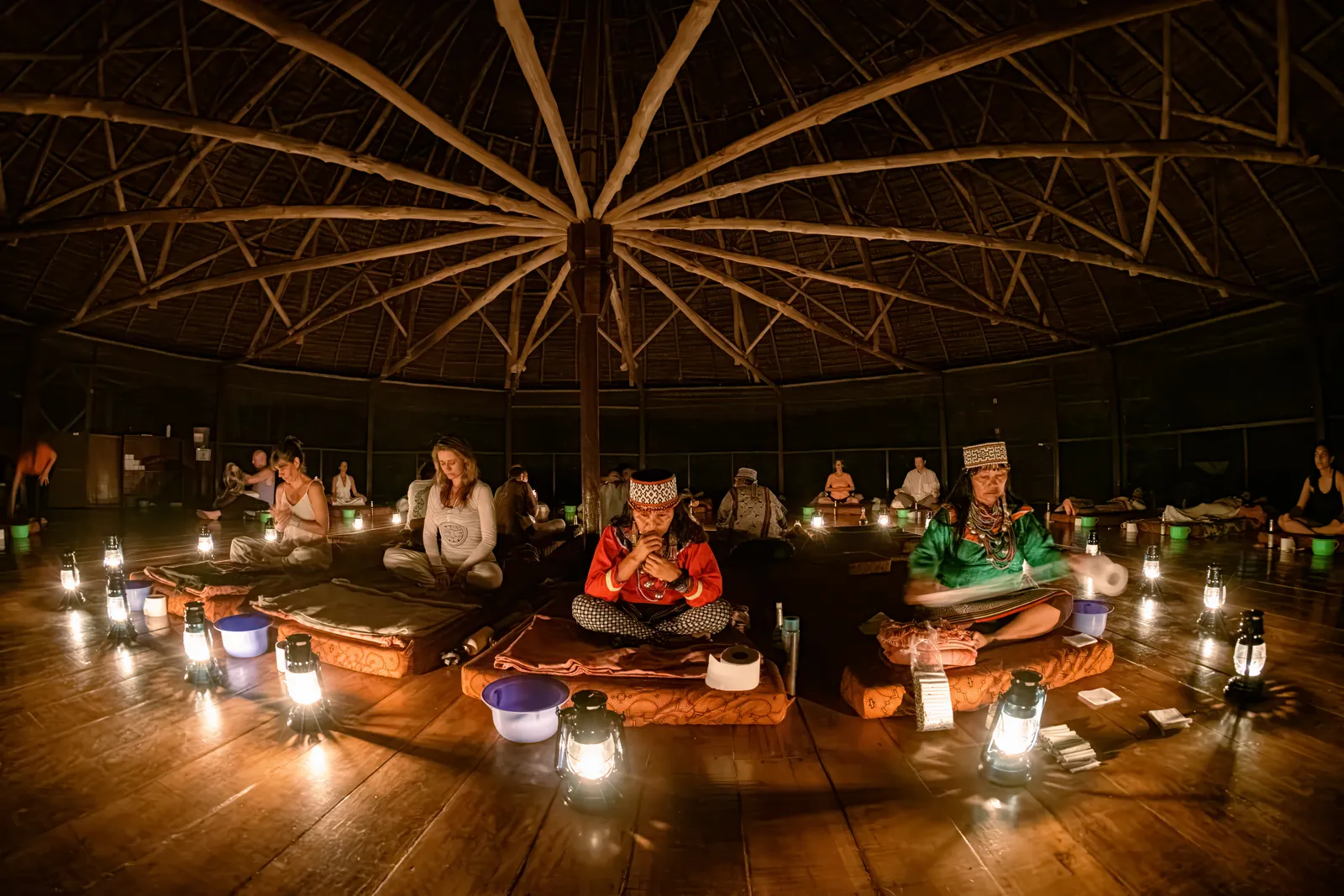Ayahuasca in Modern Society: A Comprehensive Guide to Risks, Benefits & Responsible Use
Introduction: The Growing Popularity of Ayahuasca
In recent years, ayahuasca—a sacred Amazonian brew with profound psychoactive effects—has gained increasing attention in Western society. References to ayahuasca appear frequently in online discussions, documentaries, and wellness circles, often portrayed as a transformative tool for healing and spiritual growth. However, amid the surge of interest, there remains a significant lack of objective, science-based information about its potential risks, benefits, and practical considerations for those considering participation in a ceremony.
This guide aims to provide a balanced, in-depth exploration of ayahuasca, helping individuals make informed, responsible decisions about its use. Whether you are seeking healing, personal growth, or spiritual insight, understanding the full spectrum of the ayahuasca experience—from preparation to integration—is essential for maximizing benefits while minimizing risks.
Deciding to Take Ayahuasca: Is It Right for You?
1. Personal Autonomy in the Decision-Making Process
The choice to participate in an ayahuasca ceremony must be yours alone—not influenced by friends, family, or societal trends. Ayahuasca is not a quick fix for life’s challenges, nor is it a “magic pill” that guarantees enlightenment. Rather, it is a catalyst—a tool that can amplify self-awareness, reveal subconscious patterns, and facilitate deep emotional release.
2. Assessing Your Readiness
Before committing to a ceremony, consider:
-
Mental Health History – Do you have a history of psychosis, schizophrenia, or severe bipolar disorder? If so, ayahuasca may pose serious risks (more on this later).
-
Physical Health – Are you taking medications that may dangerously interact with ayahuasca? (See Medical Risks section.)
-
Emotional Stability – Are you in a highly fragile emotional state? Ayahuasca can bring up intense, unresolved trauma, and without proper support, this may be destabilizing.
-
Intentions – Are you seeking genuine healing and growth, or are you looking for an “escape” from reality?
3. Avoiding the “Panacea Myth”
Ayahuasca is sometimes marketed as a universal cure for depression, addiction, trauma, and even physical illnesses. While anecdotal reports suggest therapeutic potential, scientific research is still in its early stages. Ayahuasca should be approached as one part of a broader healing journey, not as a standalone solution.
Understanding Ayahuasca Sessions: What to Expect
1. Ceremony Settings & Formats
Ayahuasca sessions vary widely in structure, depending on cultural and therapeutic frameworks:
A. Traditional/Shamanic Ceremonies
-
Led by indigenous healers (curanderos) or trained shamans.
-
Focus on spiritual cleansing, ancestral connection, and energetic healing.
-
Often include icaros (sacred songs), tobacco (mapacho), and other plant medicines.
B. Religious Ceremonies (Santo Daime, União do Vegetal)
-
Structured within Christian-inspired ayahuasca churches.
-
Blend Amazonian traditions with hymns, prayers, and communal rituals.
-
Emphasize moral discipline, community, and divine communion.
C. Therapeutic Ceremonies (Western Approach)
-
Led by therapists or facilitators trained in psychology.
-
Include preparation and integration sessions to maximize psychological benefits.
-
May incorporate psychotherapy techniques (somatic experiencing, Jungian shadow work).
2. The Ceremony Experience
-
Duration: Typically 4-7 hours, often at night.
-
Group Size: Ranges from small groups (5-20 people) to large ceremonies (100+).
-
Phases of the Journey:
-
Onset (30-60 min after ingestion): Physical sensations (nausea, warmth), altered perception.
-
Peak (2-4 hours): Visions, emotional release, ego dissolution, mystical experiences.
-
Comedown: Gradual return to baseline, often with deep introspection.
-
-
Common Physical Effects:
-
Purging (vomiting, diarrhea) – Considered a cleansing process in shamanic traditions.
-
Temperature fluctuations (feeling hot or cold).
-
Heightened sensory perception (colors, sounds, emotions feel more intense).
-
-
Psychological Effects:
-
Ego dissolution (loss of sense of “self”).
-
Past trauma resurfacing.
-
Mystical or transcendent experiences.
-
Challenging phases (fear, paranoia, confusion—usually temporary).
-
Potential Risks & Safety Considerations
1. Medical Risks & Contraindications
Ayahuasca contains MAO inhibitors (MAOIs), which can interact dangerously with:
-
SSRIs (antidepressants) – Risk of serotonin syndrome (potentially fatal).
-
Stimulants (Adderall, MDMA, cocaine) – Can cause hypertensive crisis.
-
Blood pressure medications – Ayahuasca elevates heart rate and BP.
-
Certain foods (aged cheese, cured meats, alcohol) – Due to tyramine content.
🚫 Absolute Contraindications:
-
Severe cardiovascular conditions (heart disease, hypertension).
-
History of psychosis or schizophrenia (risk of triggering episodes).
-
Pregnancy (potential harm to fetus).
2. Psychological Risks
-
Retraumatization – Unresolved trauma may surface without proper support.
-
Prolonged psychosis-like states (rare but documented in vulnerable individuals).
-
Spiritual bypassing – Using ayahuasca to avoid real-life issues rather than heal them.
3. Choosing a Safe Facilitator
-
Avoid “underground” or inexperienced facilitators – Look for credentials, testimonials, and ethical practices.
-
Trust your intuition – If something feels off, do not proceed.
-
Ensure medical support is available – In case of emergencies.
Maximizing Benefits: Preparation & Integration
1. Pre-Ceremony Preparation
Psychological Preparation
-
Journaling – Reflect on intentions, fears, and goals.
-
Therapy – Work with a psychedelic-informed therapist if possible.
-
Meditation & Breathwork – Helps cultivate mental resilience for the journey.
Physical Preparation
-
Diet (1-3 days before):
-
Avoid processed foods, alcohol, caffeine, red meat.
-
Light meals (vegetables, fruits, grains).
-
Fasting for 4-6 hours before the ceremony.
-
-
Avoid sexual activity & drugs – To conserve energy.
2. Post-Ceremony Integration
-
Journaling & Art – Helps process insights.
-
Therapy or Sharing Circles – Discuss the experience with others.
-
Lifestyle Adjustments – Implement gradual changes (e.g., healthier habits, boundary-setting).
-
Avoid Major Life Decisions Immediately – Wait weeks or months before making drastic changes.
Conclusion: Ayahuasca as a Tool, Not a Cure
Ayahuasca can be a powerful ally in healing and self-discovery—but only if approached with respect, preparation, and realistic expectations. It is not for everyone, and careful screening is essential to avoid unnecessary risks.
For those who choose to embark on this journey:
✅ Educate yourself thoroughly.
✅ Choose a reputable facilitator.
✅ Prepare mentally, emotionally, and physically.
✅ Integrate the experience meaningfully.
When used responsibly, ayahuasca has the potential to unlock profound healing, creativity, and spiritual growth—but the real work happens in the weeks and months after the ceremony.
Final Reminder: You are the healer. Ayahuasca is just the guide.

